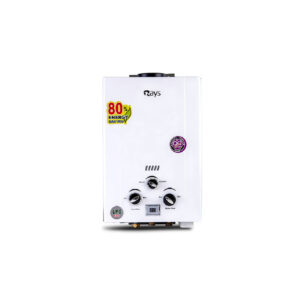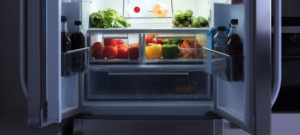The frost-free refrigerators were developed to address the issues caused by the thick layers of frost that emerge on the inner sides of conventional refrigerators. The refrigerator design lets frost-free models to efficiently work without requiring even manual defrosting. While frost-free refrigerators are suitable domestic appliances, you should consider the pros and cons of such refrigerators before purchasing one.
Pros and cons
Pro:
Low maintenance:
The primary benefit of having a frost-free refrigerator is you don’t need to defrost the unit that saves your time & bodily effort. For keeping a traditional refrigerator model in good working order, you must let the unit melt and drain at least once a year, or whenever the frost layer reaches ¼ inch thick. When you manually defrost a refrigerator, this is tough and time-consuming, and it takes as long as 24 hours each time. With a frost-free model, you just need to clean the storage area for once a year and wipe it down with a solution of 1 tablespoon baking soda for each quart of warm water for getting rid of spillage & any odour.
Cons:
Overall cost:
The frost-free refrigerators characteristically cost more than their traditional/old-fashioned counterparts. Additionally, these frost-free models usually cost more for their high-quality operation. A frost-free model is also priced more because the appliance applies a heater for melting ice crystals, fan for circulating cold air, and sensors for monitoring frost build-up.
Pro:
No frost damage:
A refrigerator burn happens when the ice crystals are formed on the surface of stored food. The affected food tastes bad and often develops an unpleasant feel. Because the frost-free models stop ice crystals from developing on any surface inside the storage area, the frost couldn’t be formed on your stored food. Plus, wrapping up items in polyethylene baggies, plastic-coated refrigerator paper or heavy-duty aluminium foil further shields your food from cold damage. The lack of frost build-up on your food packages also indicates that the food labels should remain legible, and these packages wouldn’t stick to each other.
Pro and con:
Storage space:
As the frost would not build up in the food storage area of your refrigerator, you could never lose the total volume of storage space. But frost-free models employ a fan for blowing cold air into the food storage compartment. A lot of people overfill their refrigerators that means the air couldn’t properly circulate between the food contents. So, carefully read and follow the manufacturer’s instructions on food storage to make sure your refrigerator is not overloaded, and it is not consequently defrosting in some unwanted way.
Frost-free refrigerator defined:
Traditional/conventional refrigerators experience frost build-up because the water vapours that develop around the coils turn into liquid and instantly freeze. And, frost-free models prevent this by automatically defrosting the storage area regularly. The built-in timing mechanisms shut off the cold air compressor and turn on small heaters for melting the ice crystals. Once clear of frost, the refrigerator turns off the heater, so the cold air could keep your food items stored at a secure temperature.
Conclusion:
We hope that you might have understood all significant points regarding the frost-free refrigerators. One more point. Al-Fatah Electronics (empowered by Connect Solutions) has been doing business and selling standard refrigerators for a long period. If you want to analyse the price and other features of these appliances on a reliable online store, do visit Al-Fatah Electronics website. Well, this might be that you could get the product(s) of your requirements. Hmm, that’s all for you today. So, keep on visiting our blog for more successful pieces.



















